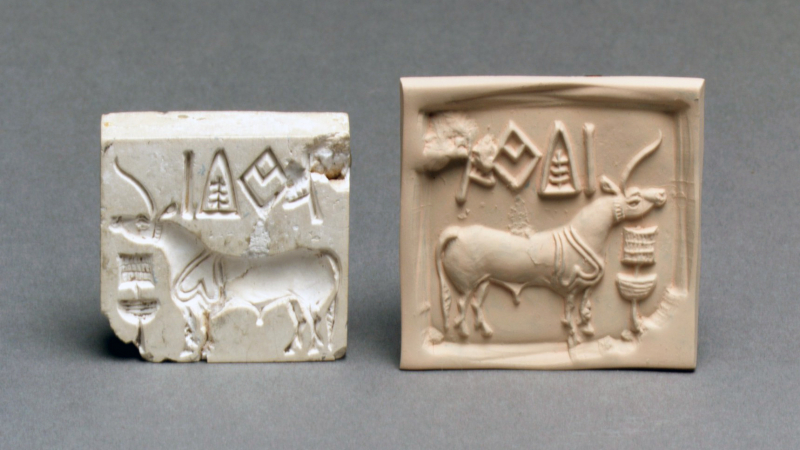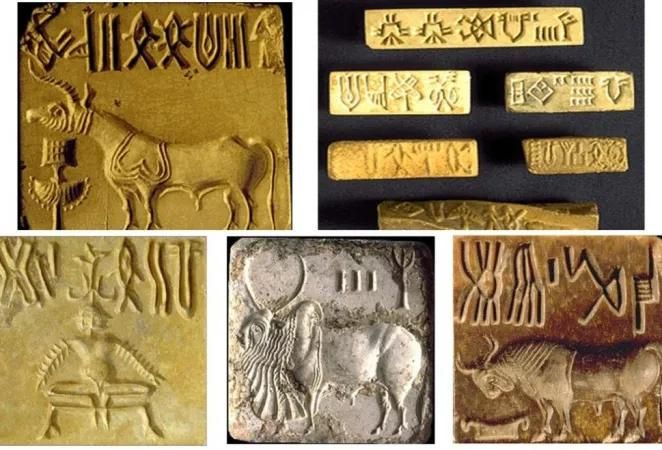The innovation of Seal and Trade
The Indus Valley Civilization made advancements like cutting seals and exchanging products. The most effective activity done during the time was undoubtedly the specialized seal carving and clay stamping for the trafficking of products. The carving of seals was used to mark clay on goods intended for trade as well as to identify the property. There have also been numerous Indus Valley seals discovered in the historic towns of Mesopotamia. They still used the seals from that period.
The precisely balanced, precise weighing stones were traded together with the seal carvings. Because of their uniform size and superior carving, they were in high demand.
One of the most well-known cities of the Indus Valley Civilization, Harappa, is where the standardized weights were first created. Then, it was revealed that the weights were all graduated sizes and that they were all following the Harappan binary weight system. In the villages that were built during that time, every weight was utilized.
The smallest in the series weighed 0.856 grams, and the heaviest was 13.7 grams. The growth of civilization and the advancement of technology were both aided by the creation of these trustworthy weights. Even the bricks and religious structures uncovered during that time were weighed and measured using these consistent standards.













